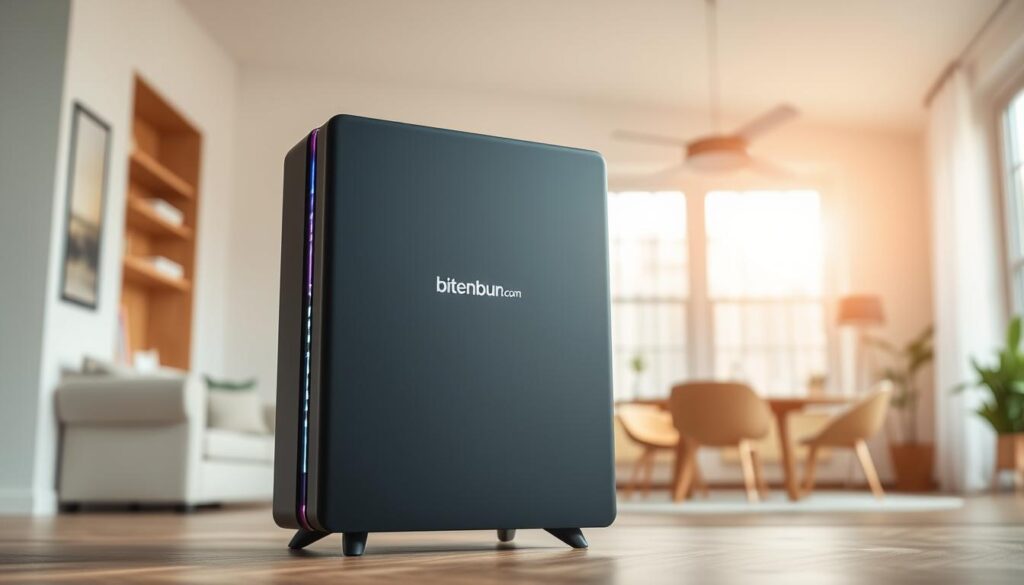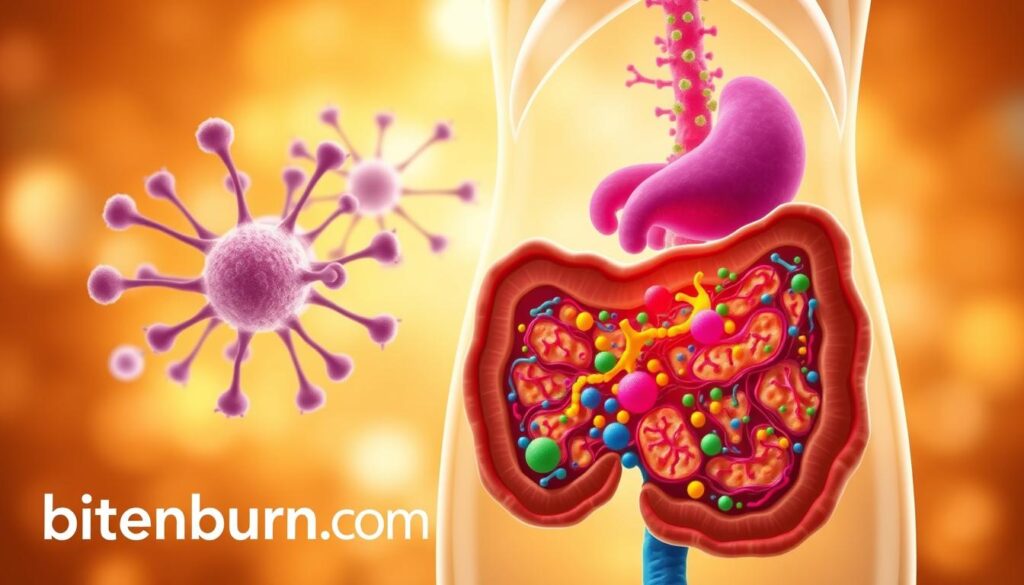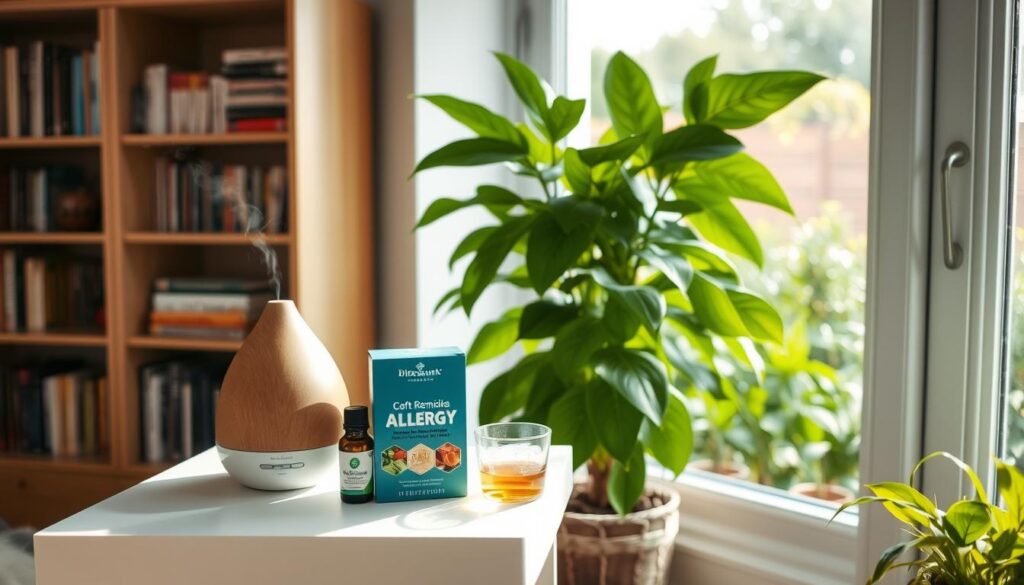What if you could breathe easier this allergy season without relying solely on medications? Millions face sneezing, itchy eyes, and congestion as pollen counts rise, but conventional treatments don’t always address the root cause. This guide explores science-backed strategies to help you take control of your immune response naturally.
While avoiding allergens entirely isn’t always practical, combining simple lifestyle adjustments with targeted natural solutions can significantly reduce discomfort. From nasal irrigation techniques to immune-boosting dietary changes, you’ll discover approaches that work with your body rather than masking symptoms.
We’ll break down which methods have clinical support, how to implement them safely, and when to consult healthcare professionals. You’ll also learn why identifying specific triggers matters more than you might expect – knowledge that could transform how you experience spring blooms or fall ragweed.
Key Takeaways
- Proven methods like saline rinses reduce nasal congestion effectively
- Dietary adjustments can strengthen your body’s defense mechanisms
- Essential oils require proper dilution for safe symptom management
- Tracking local pollen counts helps plan outdoor activities wisely
- Combining approaches often yields better results than single solutions
- Severe reactions always warrant immediate medical attention
Understanding Seasonal Allergies and Their Impact
Over 50 million Americans experience immune responses to everyday substances each year. Your body’s defense mechanisms might mistake harmless particles for dangerous invaders, leading to various discomforts. Let’s examine why this happens and how geography shapes your experience.
What Triggers Allergy Symptoms in the United States
Different regions present unique challenges. Tree pollen dominates spring in the Northeast, while grass pollen plagues Southern summers. The Midwest sees ragweed peaks in August through October. Indoor irritants like dust mites and pet dander affect people year-round, especially in humid climates.
| U.S. Region | Primary Allergens | Peak Season |
|---|---|---|
| Northeast | Tree pollen, mold spores | March-May |
| South | Grass pollen, cockroach particles | April-July |
| Midwest | Ragweed, dust mites | August-October |
| West | Mountain cedar, pet dander | December-February |
How Your Immune System Reacts to Common Allergens
When pollen enters your airways, immune cells release histamine. This chemical causes blood vessels to expand, creating nasal congestion and itchy eyes. Some people produce more IgE antibodies due to genetic factors, making them prone to stronger reactions.
Warmer temperatures from climate change extend growing seasons, increasing pollen counts by up to 40% in some areas. Those with asthma or weakened immune responses often experience more severe symptoms during these prolonged exposure periods.
The Role of Natural and Home Remedies in Allergy Relief

While allergy medications dominate pharmacy shelves, many seek gentler options rooted in nature. Balancing these approaches requires understanding their distinct strengths – pharmaceuticals often provide rapid symptom control, while natural strategies aim to address underlying causes.
Natural Approaches Versus Conventional Medications
Prescription antihistamines work within hours but may cause drowsiness or dry mouth. Natural solutions like local honey consumption or butterbur supplements take weeks to show effects but avoid these side effects. Research shows 42% of allergy sufferers combine both methods for better results.
Many prefer plant-based options to reduce long-term medication use. However, natural doesn’t equal harmless – some herbal supplements interact with blood thinners or thyroid treatments. Always discuss new regimens with your healthcare provider.
Identifying Safe and Effective Remedies
Three factors determine a remedy’s value: scientific backing, proper dosing, and compatibility with existing health conditions. For example, saline nasal rinses have strong clinical support, while essential oil effectiveness varies widely.
Track symptom changes for four weeks when trying new approaches. If congestion persists despite using a natural remedy, consult your doctor. Severe reactions like swelling or breathing difficulties require immediate medical attention.
Remember: Complementary methods work best alongside professional guidance rather than replacing prescribed medications. This balanced strategy helps you manage symptoms while supporting overall immune health.
Exploring the Best Home Remedies for Seasonal Allergies
Practical, science-backed approaches can significantly ease your seasonal discomfort. Let’s examine two powerful strategies that address both immediate relief and long-term immune support.
Saline Nasal Irrigation and Its Benefits
Flushing your nasal passages with a saltwater solution removes pollen and irritants trapped in mucus. Use distilled or boiled water mixed with non-iodized salt in a neti pot or squeeze bottle. Tilt your head sideways over a sink and pour the solution through one nostril until it drains from the other.
This process physically washes away allergens before they trigger inflammation. Studies show regular use reduces nasal congestion by 35% compared to placebo groups. Always rinse devices thoroughly after each use to prevent bacterial growth.
Herbal and Vitamin-Based Solutions
Stinging nettle leaves contain compounds that block histamine receptors. Ancient Greek physicians prescribed teas made from this plant for respiratory issues. Modern research suggests 300mg capsules taken twice daily may alleviate sneezing and itching.
Butterbur supplements show promise for nasal symptom relief, but product quality varies widely. Look for “PA-free” labels to avoid harmful alkaloids. Vitamin C-rich foods like bell peppers and citrus fruits naturally lower histamine levels – aim for 500mg daily through diet or supplements.
Combine these approaches for layered protection. Start irrigation during high pollen counts, add nettle supplements at symptom onset, and maintain consistent vitamin intake. Track responses in a journal to identify your most effective personalized strategy.
Practical Natural Strategies for Symptom Relief

Clean air forms your first defense against airborne irritants. Optimizing your environment reduces exposure to particles that trigger immune responses, creating safer breathing zones where you spend most time.
Air Purification Essentials
HEPA filters capture 99.97% of particles larger than 0.3 microns – including pollen and dust. Place units in bedrooms and living areas where you spend 6-8 hours daily. Replace filters every 3-6 months for peak performance.
Pair these with dehumidifiers in damp spaces like basements. Maintain 30-50% humidity to discourage mold growth while avoiding overly dry air. Use air conditioning instead of open windows during high-pollen days to keep irritants outside.
Proactive Cleaning Practices
Vacuum carpets twice weekly using machines with HEPA filtration. Wash bedding in 130°F water to eliminate dust mites. For hard surfaces, damp dusting prevents allergens from becoming airborne.
Families with pets should brush animals outdoors and establish fur-free sleeping areas. Add eucalyptus oil to laundry cycles – its antimicrobial properties tackle lingering particles on fabrics.
These layered approaches create cleaner indoor air, reducing the need for reactive symptom management. Consistency matters more than intensity – small daily habits yield significant long-term relief.
Holistic Approaches: Diet, Probiotics, and Vitamins

Your plate holds surprising power to combat environmental irritants. Research reveals a direct link between dietary choices and immune resilience during peak allergy months. Nourishing your body with specific nutrients helps modulate inflammatory responses while strengthening natural defenses.
Gut-Immune Axis Optimization
Approximately 70% of immune cells reside in your digestive tract. Fermented foods like kimchi and kefir introduce beneficial bacteria that improve histamine regulation. A 2023 study showed participants consuming daily probiotics reduced allergic rhinitis symptoms by 42% compared to placebo groups.
Targeted Nutritional Support
These key components work synergistically to calm overactive immune responses:
| Nutrient | Key Sources | Daily Goal |
|---|---|---|
| Quercetin | Apples, capers, red onion | 500mg |
| Vitamin C | Bell peppers, citrus, kale | 500-2000mg |
| Omega-3s | Wild salmon, chia seeds, walnuts | 2500mg |
Quercetin acts as a natural antihistamine by stabilizing mast cells. Combine quercetin-rich foods with vitamin C sources to enhance absorption. For persistent symptoms, consider standardized butterbur supplements (PA-free) under medical supervision.
Those with food sensitivities may benefit from eliminating common triggers like dairy or gluten for 4-6 weeks. Reintroduce foods systematically while tracking nasal congestion and eye irritation patterns. This approach helps identify hidden inflammatory triggers exacerbating seasonal reactions.
Lifestyle Tweaks and Preventive Measures for Better Health

Proactive strategies form your strongest defense against environmental irritants. Timing outdoor activities around daily pollen patterns and refining household habits can significantly reduce symptom flare-ups.
Smart Exposure Management
Check local pollen counts through weather apps before planning your day. Tree pollen peaks mid-morning, while grass pollen rises in late afternoon. Schedule walks after rainfall when particles settle.
Post-Exposure Protocols
Shower immediately after returning indoors, paying attention to eyebrows and hairline where allergens collect. Store outdoor shoes in sealed containers and wash exposed clothing separately. Runny nose and sneezing decrease by 28% when following these practices consistently.
Implement these bedroom safeguards:
- Encase mattresses in allergen-proof covers
- Wash sheets in 130°F water weekly
- Ban pets from sleeping areas
During high pollen seasons, dry laundry indoors using dehumidifiers. Replace HVAC filters every 60 days and maintain 45% humidity to discourage mold. These adjustments create safer spaces for those managing allergies year-round.
Travelers should pack nasal saline sprays and portable HEPA filters. Research destination pollen trends using allergy forecast maps. Consistent routines across environments help maintain your health throughout changing seasons.
Incorporating Remedies into Your Daily Routine
Building lasting relief requires weaving natural solutions into your existing habits. Start with a morning-to-night plan that complements your lifestyle without causing overlap with medications. Consistency matters more than complexity – small, strategic changes often yield the best results.
Structured Implementation Strategies
Create a two-week trial schedule: use neti pot rinses after morning showers, take probiotics with breakfast, and apply diluted essential oils post-workout. Always test oils on skin first – mix 1 drop with carrier oil on your forearm. Wait 24 hours to check for reactions.
Track symptom changes in a dedicated app or notebook. Note patterns like reduced congestion after using remedies during high pollen days. This data helps identify which combinations work for your specific conditions.
Trusted Guidance Resources
Consult the Mayo Clinic’s allergy management guide for evidence-based protocols. The National Institutes of Health provides updates on supplement safety. Remember: natural approaches may help but shouldn’t replace professional advice for severe allergy symptoms.
Adjust routines quarterly as pollen counts shift. Pair evening nasal irrigation with weekly bedding washes for layered protection. These practical steps let you manage allergies proactively while minimizing side effects from over-the-counter solutions.


[…] Natural Remedies and Supplements for Hormone […]